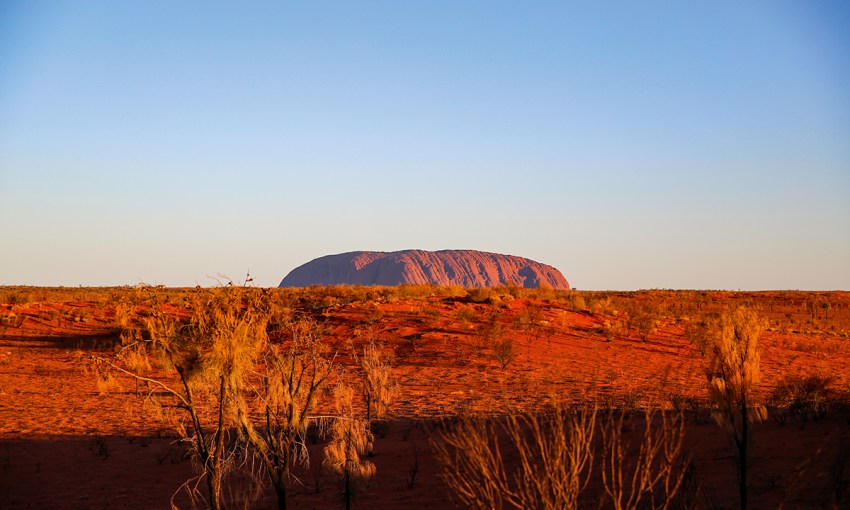A little more than year on from the permanent closure of the Uluru climb, the 550-million-year-old spiritual heart of Australia is beckoning visitors for a host of spectacular reasons.
Journey back to the Red Centre
Striking an imposing silhouette against the dawn glow, the giant sandstone monolith Uluru is an impressive sight that the 25,000-year-old Anangu people first set eyes on long before even the age of ancient Greece or the pharaohs of Egypt, and is a spectacle that stays with visitors indefinitely.
Uluru Kata Tjuta National Park closed its gates for three months in 2020 but has now reopened to reveal a new-look Ayers Rock Resort boasting some spectacular tourist experiences.
People from all over the world typically make up the park’s 300,000 annual visitor numbers, but these have now dissipated, providing a once-in-a-lifetime opportunity for Australians. Although it belongs to the Northern Territory, Uluru’s closest capital city is Adelaide.
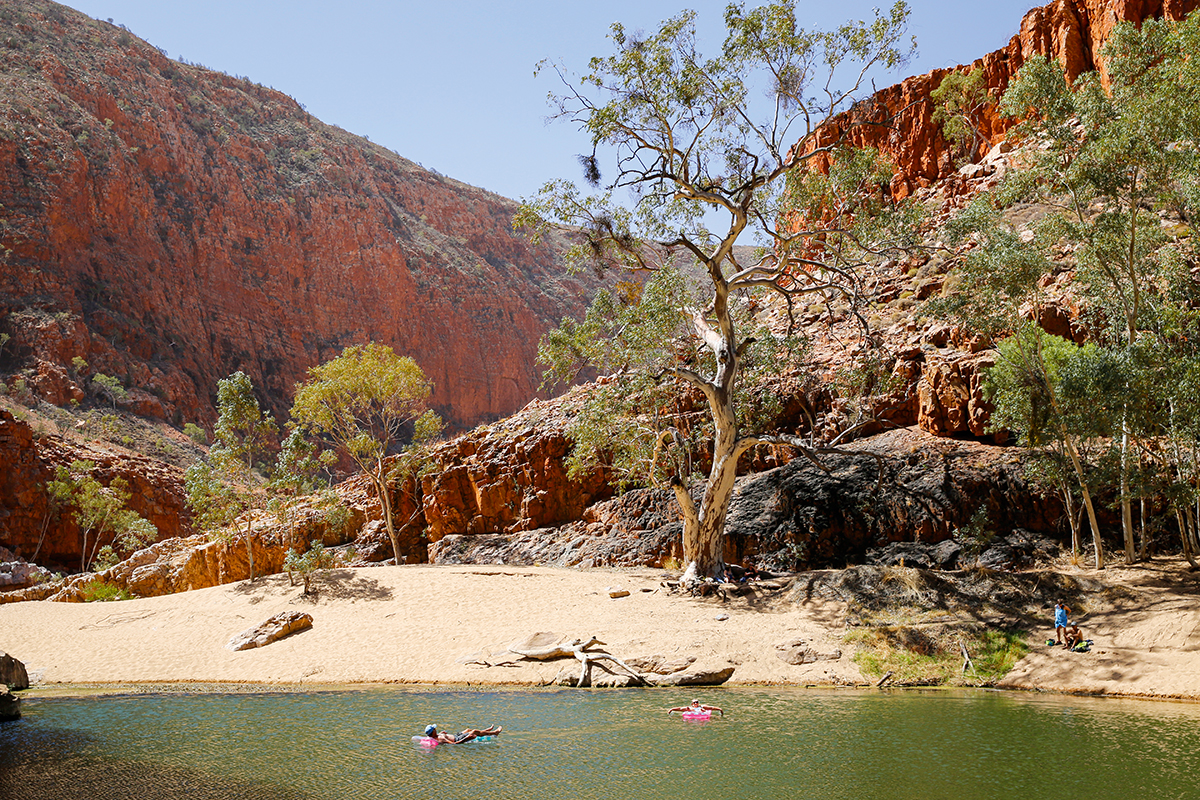
Up until as recently as the 1930s, the Anangu people continued to live a traditional nomadic life in the rock’s shadow; travelling in family groups, hunting and gathering, looking after their land by burning, and passing down knowledge. Like a history book, the forms and shapes of Uluru embody sacred Tjukurpa creation stories.
Tourism didn’t start here until as late as the ’50s and the Anangu people were pressured to leave the area. An airport and resort were built on sacred land and people began to climb the rock by the thousands.
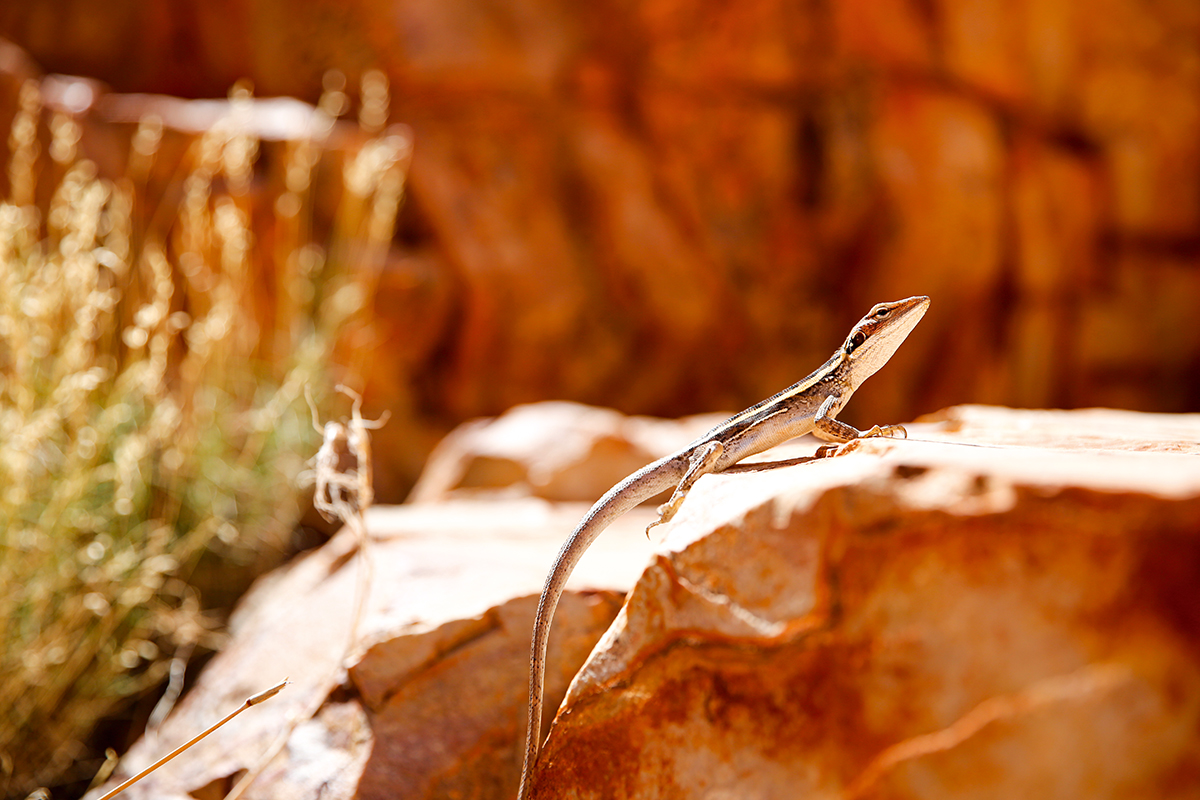
Today, happily, things have changed. The airport and resort were relocated, the government handed ownership of the park back to the Anangu, and the climb ceased in 2019. Today, the park offers a truly spiritual experience with new and exciting ways to bask in the splendour of Uluru and Kata Tjuta (the Olgas), where the traditional custodians welcome all to experience their culture.
Before all that, most visits start at Alice Springs. You could fly direct to Ayers Rock Airport and skip the road-trip, but where’s the fun in that?
Alice Springs
Central Australia is beautiful year-round, but the sweet spot is from about May to September. The region is surprisingly lush in spring, with the green foliage and vibrant yellow blooms of native wattles, trees and wildflowers.
After a visit to Alice Springs’ Araluen Arts Centre, which has a collection of more than 1000 pieces of western desert art, it’s a short drive to Pyndan Camel Tracks for a four-legged off-road adventure. With daytime and sunset camel tours framed by the stunning backdrop of the West MacDonnell Ranges, this tranquil and lumbering journey is an unexpected highlight of the trip.
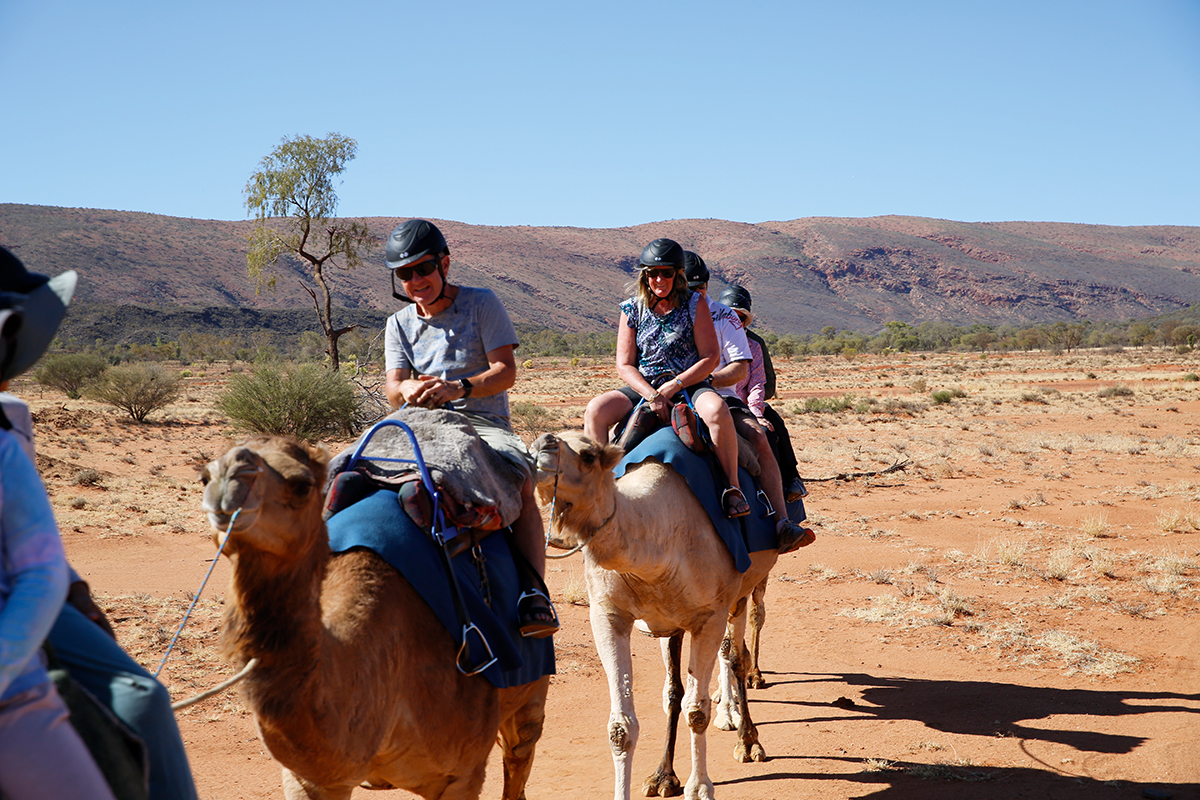
Next, hire a car and dedicate at least one day to exploring Alice Springs’ spectacular West MacDonnell Ranges. Campgrounds and a network of hiking trails cater for those who are game, but you can do it in a day trip. Standley Chasm is a breathtaking 80-metre deep sandstone gorge that narrows to just three metres wide; Ormiston Gorge is a great spot for a packed lunch and a swim in the waterhole surrounded by the rugged cliffs and gums; and at the photogenic Simpsons Gap you may spot black-footed rock wallabies.
While in Alice, be sure to head to the Epilogue Lounge for breakfast, tapas or pizza, and check out its rooftop bar for a beer or cocktail – it’s a surprise gem that’s easy to miss. Meanwhile, the cafe at Olive Pink Botanic Garden is a favourite local brunch spot.
To the rock
It’s a five-hour drive to Uluru, including a stop for fuel, coffee and even a frothy at the iconic Erldunda Roadhouse, which has its own outback pub and resident emus. It’s a great road-trip through stunning vistas of isolated landscapes, as the rocky terrain transitions to red desert dunes and spinifex. Past the wild camels that lumber along the side of the road, the first glimpse of Uluru will induce goosebumps.
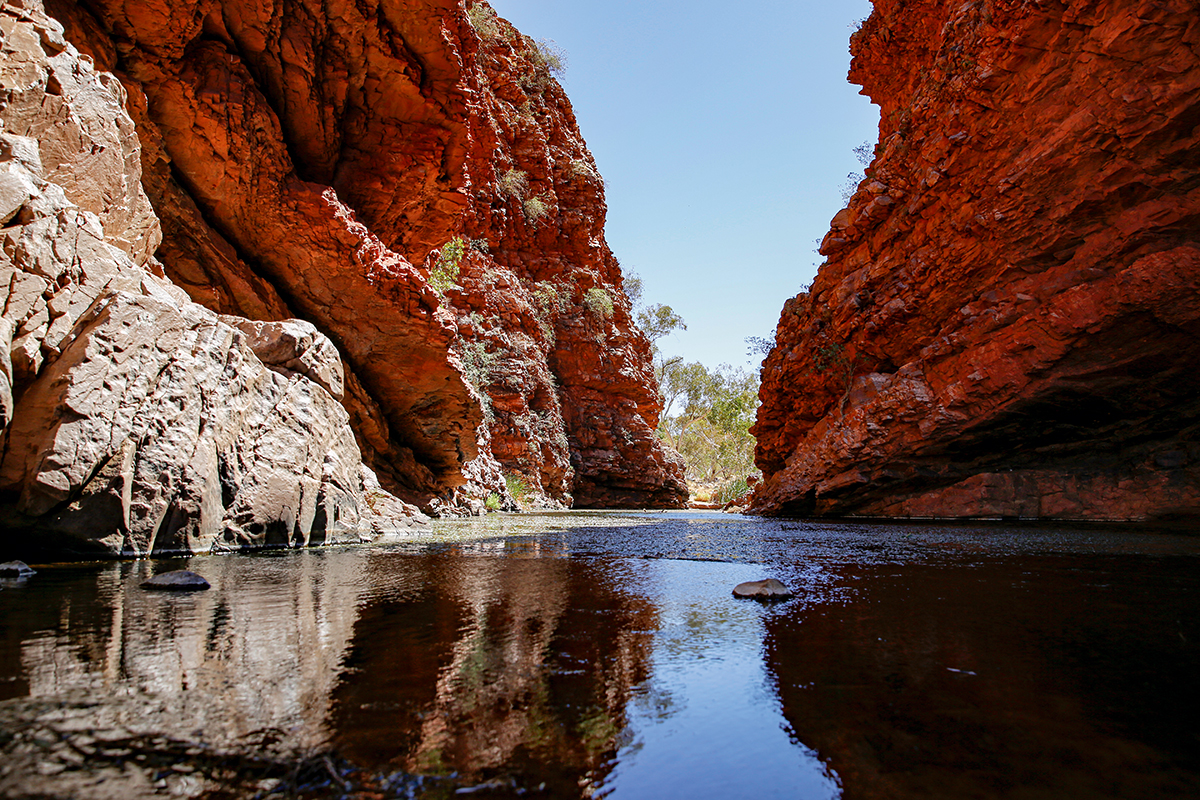
Travellers blow in from the red dunes to find Ayers Rock Resort – a man-made oasis that runs entirely off-grid. Respectfully, there’s a rule that no building can be taller than the tallest sand dune. The resort has various accommodation options, as well as a town square with shops, a supermarket, cafes and an art gallery.
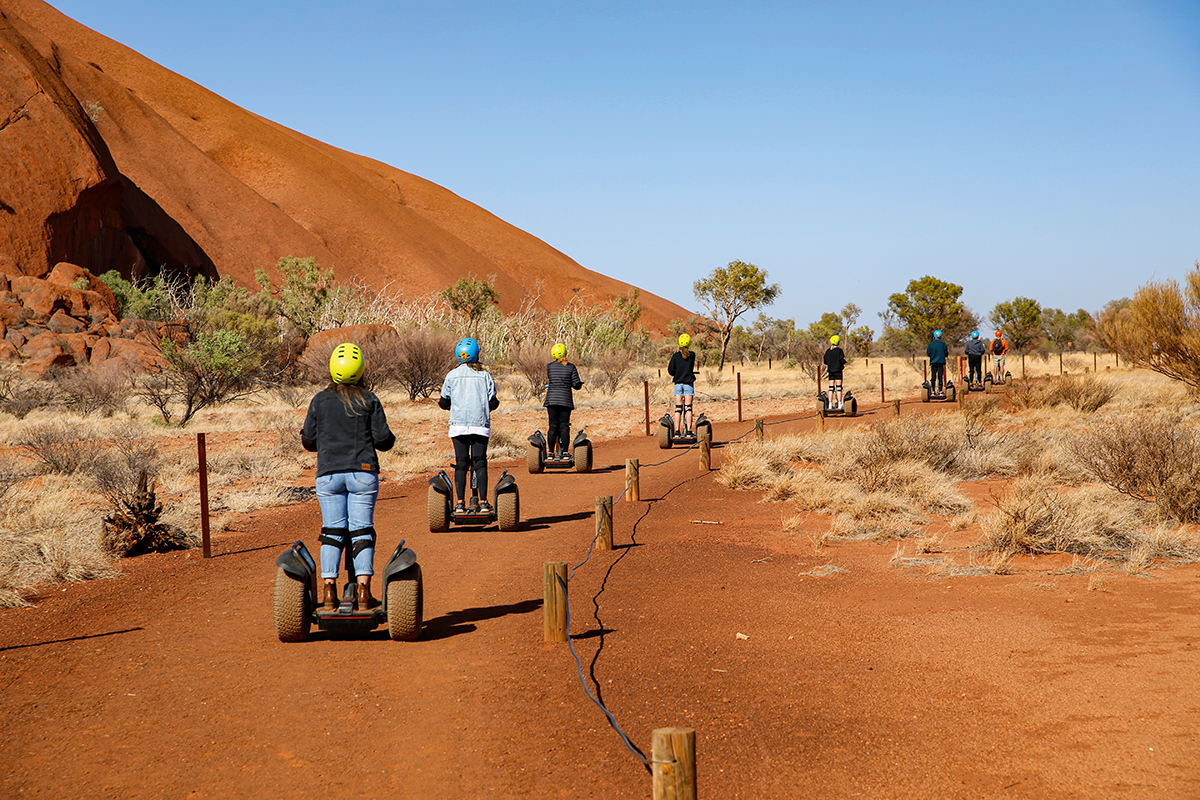
The recently renovated Sails in the Desert has everything you could want in a luxury hotel, including outdoor terraces overlooking the oasis-like grounds and swimming pool, all serviced by bars and restaurants. There’s really nothing like opening the door to your five-star suite just metres from the red dunes. For those on a budget, the resort has great powered and unpowered campsites.
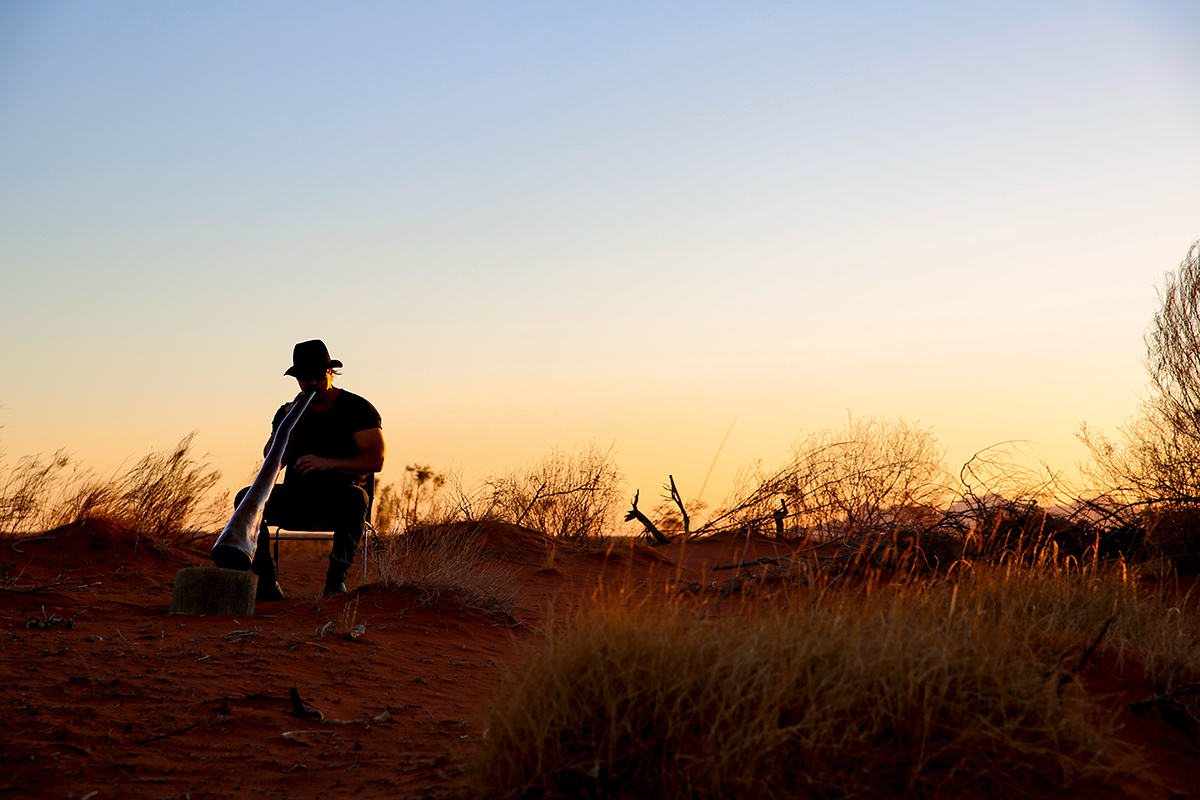
Sounds of Silence
Uluru is famous for its spectacular transition of colours from sunrise to sunset, best enjoyed on the bucket-list-worthy Sounds of Silence dinner. It starts with canapes and champagne atop a sand dune where didgeridoo player Dwain Phillis creates a haunting soundtrack for the main performance: the dance of colour on Uluru as the sun sinks directly behind its sandstone cousins to the west: Kata Tjuta (The Olgas).
You’re then led over a dune where softly-lit tables and a three-course bush tucker buffet await. With a glass of wine and your feet planted in the red sand you’ll witness the brightest night sky you’ve ever seen. That’s until after dinner when the lanterns are turned off, plunging the open-air restaurant into darkness for “Luke Skytalker” to emerge and give a funny-yet-fascinating lesson in ancient astrology – a fitting end to a memorable evening.
Dedicate another night to Bruce Munro’s Field of Light exhibition in which a garden of 50,000 lights and optical fibres breathe and sway through a spectrum of desert colours. Watch the field come to life with dune-top sunset canapes before wandering through the exhibition, which covers the size of seven football fields. Having ticked off another bucket-list item, you deserve a cocktail and dessert back at the hotel.
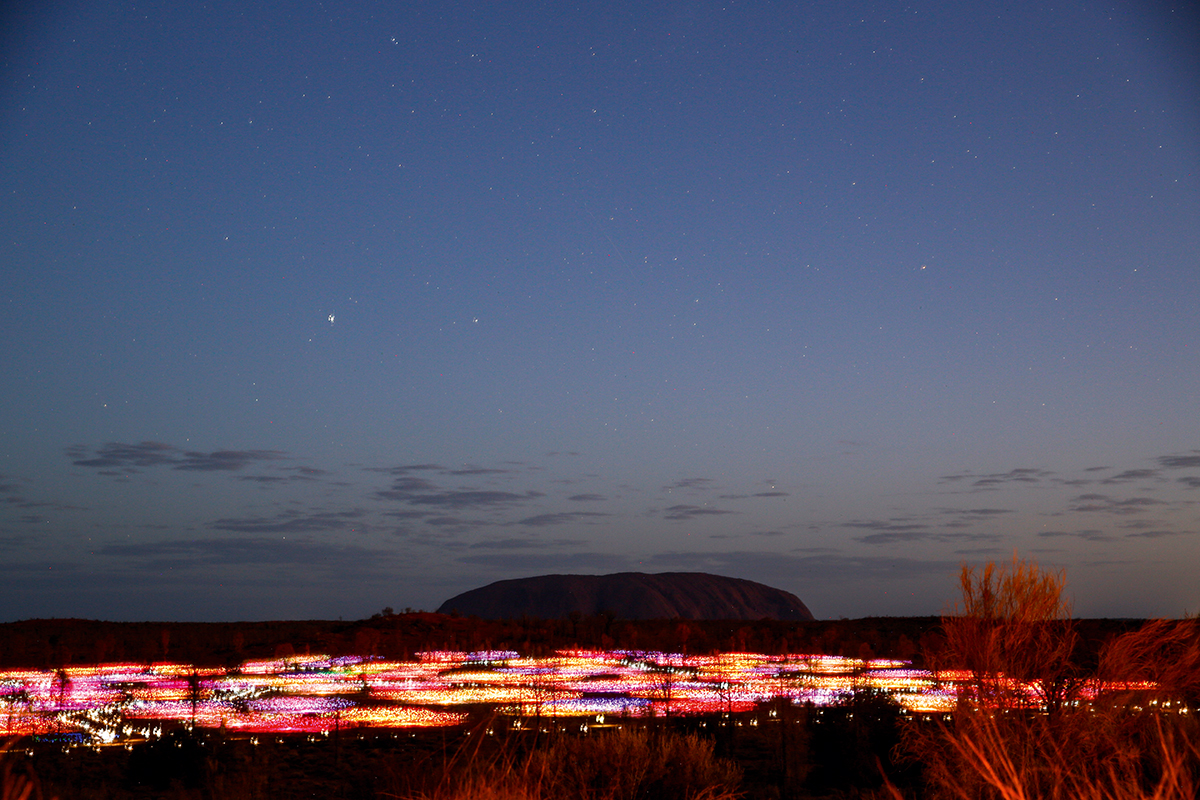
The next morning is an early start for a sunrise Segway tour of Uluru. After coffee and breakfast at the base of the rock, and some brief Segway training, you’re off on a guided tour around the entire 12-kilometre base of Uluru, which would take more than three hours on foot. The rock is even more breathtaking up close, with rugged grooves, ridges and enormous canyons. A guide provides insight on history and culture, stopping at key locations, including the former site of the Uluru climb where the rock still shows what the Anangu refer to as a scar. After dismounting the two-wheeled chariots, there’s a short walk to cave paintings and the Mutitjulu Waterhole.
After the morning’s tour, it’s a 40-kilometre drive to Uluru’s equally spectacular counterpart, Kata Tjuta, which means “many heads” – more than 30 rock monoliths spread over kilometres. There’s a three-hour Valley of the Winds walk that offers amazing views, or an easier Walpa Gorge walk through the middle of the enormous sandstone canyon. Walking into Walpa Gorge is like entering an ancient temple crafted by nature. It’s an hour on foot, but you’ll get stuck admiring the gorge for longer.
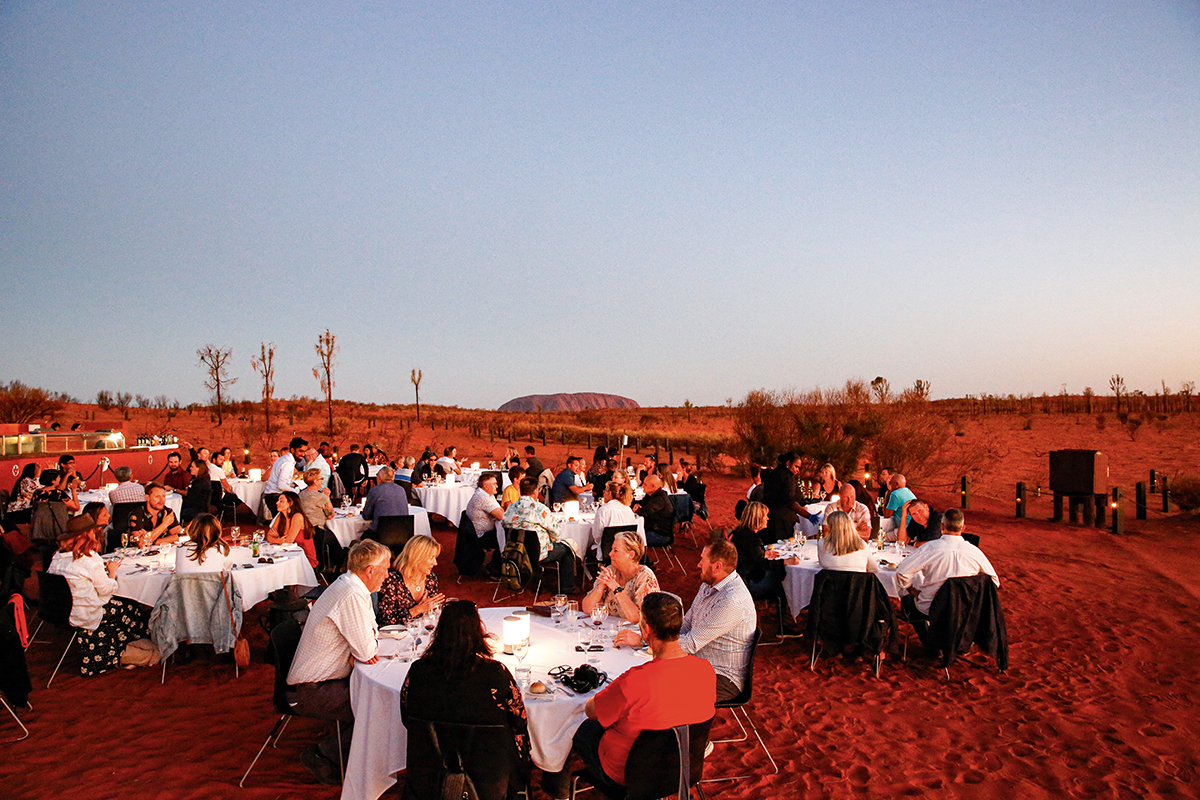
Having now experienced the best of the Red Centre, you’re likely to feel a greater connection to and appreciation for the land we call home. In 1942 Australian author Frank Clune suggested, “As Fujiyama is to Japan, so should Ayers Rock be to Australia, a sacred mountain and place of pilgrimage in the heart of our continent”.
SALIFE was a guest of Tourism NT.



